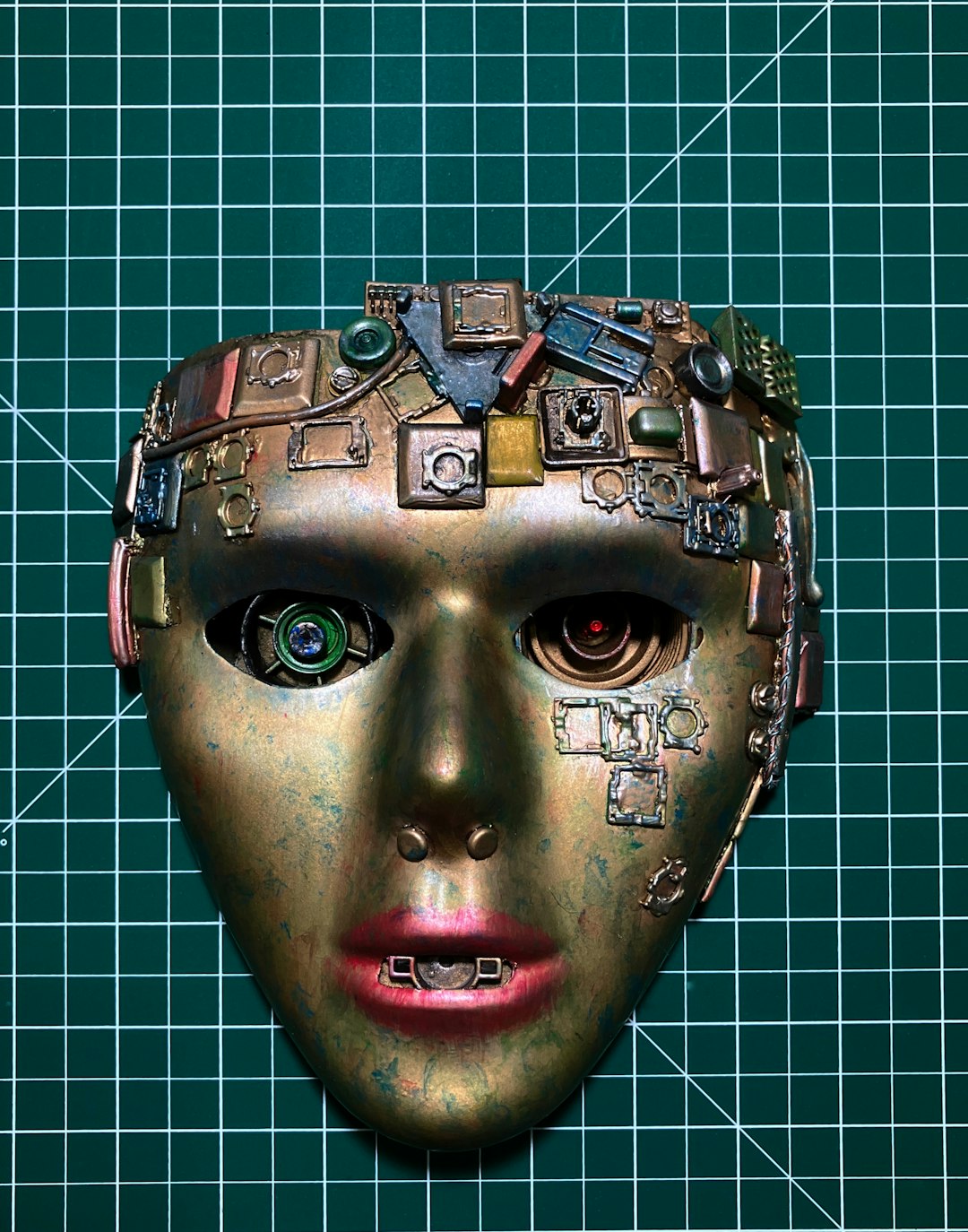Reverse image search has become an indispensable tool in the digital landscape of 2025. With the rampant spread of misinformation, copyright violations, and AI-generated media, identifying the origin or context of an image is more crucial than ever. Fortunately, the latest advancements in image recognition and artificial intelligence have led to the development of highly effective reverse image tools. This article explores the best reverse image search platforms in 2025 that offer accuracy, speed, and powerful features for both casual users and professionals.
1. Google Images
Google Images remains a staple in reverse image search technology. In its 2025 iteration, Google has significantly improved its algorithm to provide not just visually similar results but also predictive context and source analysis. By uploading an image or pasting a direct URL, users can get:
- Source page insights
- AI-generated summaries of the image’s relevance
- Cross-platform similarity checks
This tool is widely trusted for its expansive image database and integration with other Google services.

2. TinEye
TinEye is another veteran in the reverse image search field that continues to hold its ground in 2025. Its secret weapon is its ability to track image modifications — it allows users to see how an image has been cropped, color-corrected, or edited over time. TinEye’s advanced features include:
- Image tracking over multiple decades
- File metadata display
- API access for developers
Particularly useful for publishers and journalists, TinEye provides transparency and a clear digital footprint for any image.
3. Bing Visual Search
Microsoft’s Bing Visual Search has made generous strides in recent years. Powered by enhanced Azure AI capabilities, Bing Visual Search in 2025 provides a responsive and intuitive experience. Notable features include:
- Product identification and price comparisons
- Location detection via image analysis
- Cross-language source retrieval
In e-commerce and education, Bing’s tool is favored for its unparalleled accuracy in detecting not just entire images but details within them.
4. Yandex Images
Though not always widely known outside Eastern Europe, Yandex Images is considered by many experts to be the most accurate in identifying image origins, especially in the region of Russia and surrounding countries. As of 2025, Yandex supports:
- Deep facial recognition matching
- Non-English language image results
- Clustered visual discovery
Yandex is often the go-to resource for verifying images from Eastern Europe or digging deeper into historic photo databases.

5. PimEyes
PimEyes has gained significant attention due to its powerful facial search capabilities. It specializes in identifying where a person’s face appears on the web, making it especially popular for social image monitoring, reputation management, and personal privacy. Key features in 2025 include:
- High-accuracy facial recognition
- Real-time result updates
- Opt-out and identity protection mechanisms
However, its powerful capabilities come with considerable ethical concerns, and its use should align with legal and privacy guidelines.
6. Berify
Berify blends traditional reverse image search with content protection tools. Targeted toward photographers, artists, and content creators, Berify scans not only traditional search engines but also lesser-known sources, including forums and deep web repositories. Features of Berify include:
- Automatic periodic scans
- DMCA takedown request services
- Watermark detection
In 2025, Berify proves especially useful for professionals looking to monitor and protect their copyrighted visual content.
Choosing the Right Tool
The right reverse image search tool depends on your goals. For general use and breadth of data, Google Images and Bing Visual Search remain top choices. When tracing the history of an image or verifying authenticity, TinEye and Yandex offer unique benefits. Meanwhile, PimEyes and Berify are excellent for personal identity tracking and content ownership protection respectively.

In 2025, reverse image search has evolved from a novelty to an essential tool in digital literacy. Whether you’re ensuring the authenticity of viral content or protecting your intellectual property, using the right tool can make the difference between guesswork and clarity. As technology advances, ethical usage and respect for privacy will continue to shape the effectiveness and responsibility of these platforms.



